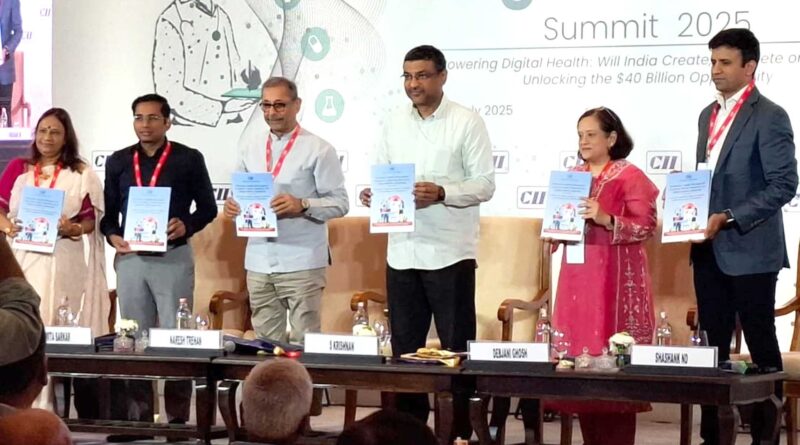Wellness is No Longer a Cost, It’s Capital: CII-MediBuddy Report
Mumbai: A recent report by MediBuddy and the Confederation of Indian Industry (CII) highlights the evolving landscape of employee well-being in India. The report reveals that over 70% of employees face lifestyle-related health risks, yet only 20% of employers provide routine health screenings. This gap underscores the need for organizations to prioritize employee wellness and adopt digital-first, comprehensive corporate wellness programs.
The Current State of Employee Wellness in India
Non-communicable diseases (NCDs) account for 63% of all deaths in India, with heart disease, diabetes, and stroke impacting the workforce at median ages of 32, 34, and 36, respectively. The doctor-to-population ratio remains below WHO guidelines, and 70% of Indians in rural/semi-urban areas face significant access barriers to diagnostics and routine care. Out-of-pocket expenditure (OOPE) accounts for 63% of India’s total health spend, leaving many vulnerable to catastrophic health expenses.
Corporate Wellness Readiness
India’s average Corporate Wellness Quotient (CWQ) score stands at 55/100, with fewer than 15% of companies achieving a ‘Mature’ wellness readiness level. Only 20% of corporate health programs cover essential diagnostics, despite their role in 60-70% of clinical decisions. SMEs lag behind, with only 9% offering structured wellness programs despite employing over 111 million people.
Key Findings and Recommendations
- Productivity Loss: Presenteeism and chronic illnesses cost Indian companies up to ₹1.12 lakh per employee annually, while structured wellness programs deliver a 3-4x return on investment.
- Low Preventive Screening for Women: Only 1.9% of eligible Indian women undergo cervical cancer screening, and just 36% of corporates provide targeted wellness benefits for women.
- Gaps in Women-Centric Benefits: Just 36% of corporates offer targeted wellness benefits for women, with even fewer extending support for eldercare and mental health.
- Lifestyle Risks and Screening Gaps: Over 70% of employees have at least one lifestyle-related risk factor, yet only 20% of employers provide routine health screenings.
Conclusion
The report emphasizes the need for organizations to adopt a more comprehensive and inclusive approach to employee wellness. By investing in digital-first wellness ecosystems, companies can drive workforce productivity, talent retention, and business continuity. As Satish Kannan, Co-founder & CEO of MediBuddy, notes, “Employee wellness can no longer be treated as an optional benefit but must be considered a strategic imperative”.




